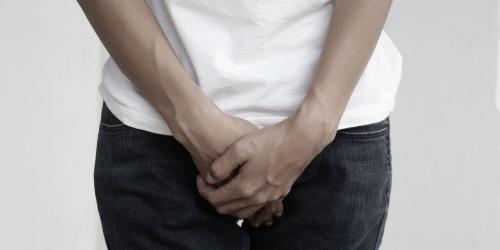Anti-wave devices: a scam?
Que Choisir magazine was already denouncing it in one of its 2013 issues, but the Consumer Protection and Fraud Prevention Directorate (DRCCRF) proves it: anti-wave devices have no scientific value . Since the arrival of mobile phones and more recently smartphones, we spend more and more time on our devices. And according to a study TNS Sofres published in 2015, it is the 16-30 years who do not take off, spending an average of more than 2 hours per day on their smartphone . What to ask the question of the role of waves on our health . And many have understood that the vein could be interesting. Thus, on the web, we find many devices promising to protect us from the waves. Beanies, pebbles, headbands or even underpants are sold at fairly exorbitant prices as there is no evidence of their effectiveness.
The DGCCRF sanctions
The DGCCRF has drawn up 3 minutes on the grounds of " deceptive marketing practices " and has sent numerous warnings to sites selling these devices anti-waves. The DGCCRF highlights " the lack of scientific recognition of the effects of equipment on health ". In the absence of proven evidence of waves on health, it remains difficult to prove the effectiveness of these famous anti-waves devices.
Are cellphone waves harmless?
According to a study conducted by the University of Sydney and published in early May, there would be no connection between telephone waves and brain tumors . The Australian study conducted by Professor Simon Chapman followed nearly 35,000 people from 1982 to 2012 . Although the slight increase in brain tumor frequency coincided with a sharp rise in telephone equipment, these 2 causes are not related to each other. In fact, the frequency of brain tumors has been increasing since 1982 and mainly affects the over 70s, the age group that is least affected by new technologies. This rise would rather relate to the aging of the population as well as to the progress of screening. A result supported and validated by other studies done in the United States, England, New Zealand and the Scandinavian countries.


